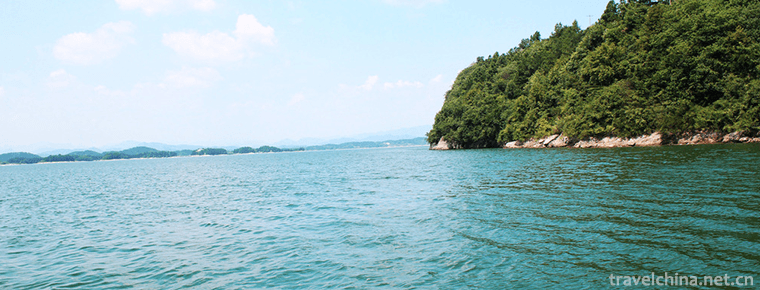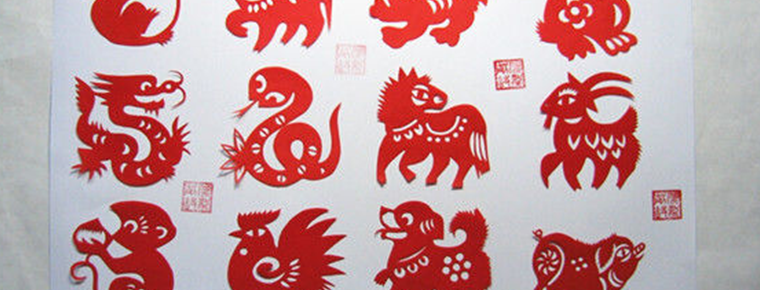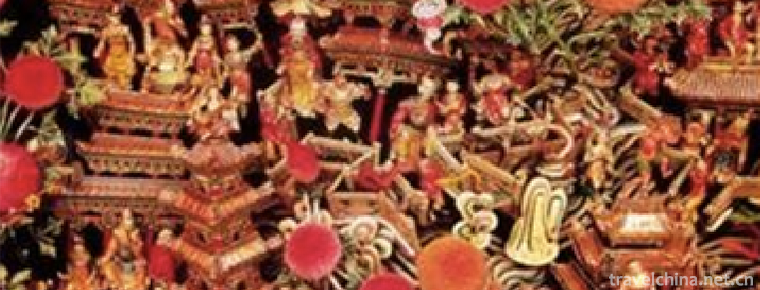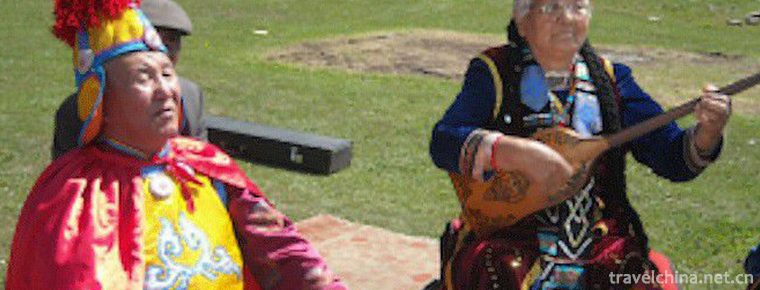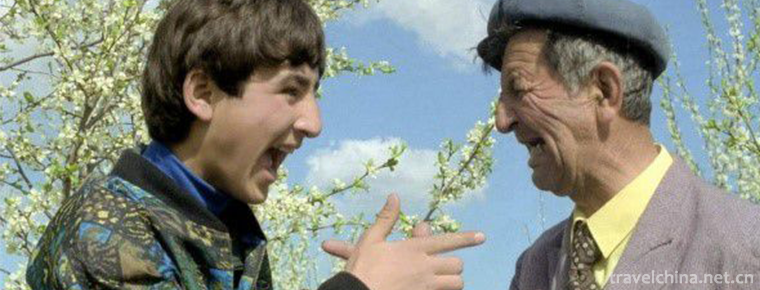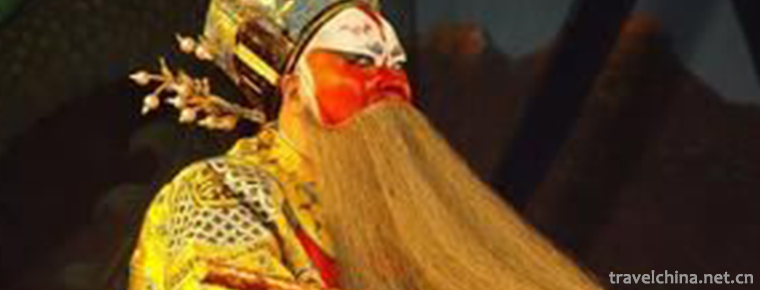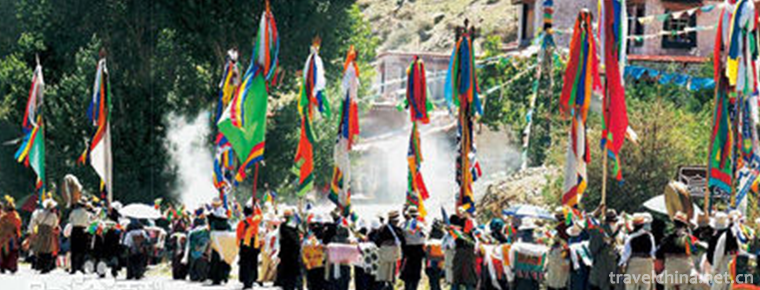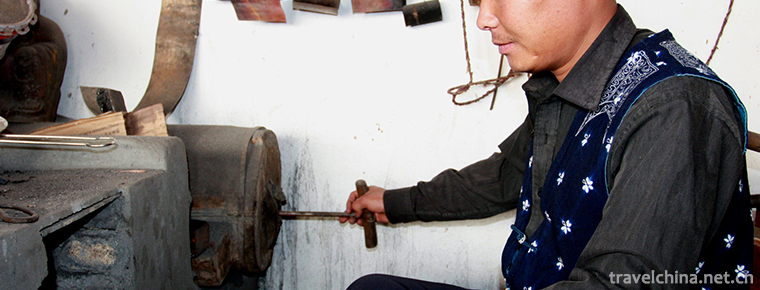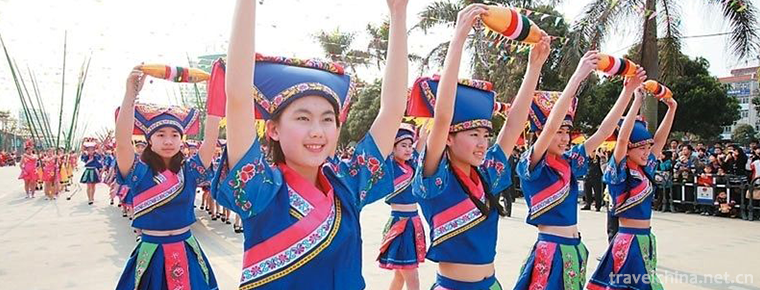Ewenki reindeer custom
Ewenki reindeer custom
Ewenki reindeer, also known as Ewenki hunters (mainly according to their professional characteristics and different from other Ewenki), are part of the Ewenki people. They migrated over 300 years ago from the coast of the Outer Belgal Lake and the Lena River Basin in present Russia, and lived nomadic life for generations in the Greater Hinggan Mountains. They settled in Aoluguaya in 1965 (where Ewenki means a place with abundant poplar forests). In 1973, they established Aoluguaya Ewenk Nationality Township.
On June 7, 2008, Ewenki reindeer customs declared by Genhe City of Inner Mongolia Autonomous Region were listed in the second batch of national intangible cultural heritage list (category: folklore; number: _-91) with the approval of the State Council.
historical origin
In the primitive forests on the northwest foot of the Great Hinggan Mountains and the right bank of the Erguna River, there is a little-known minority tribe, which is the Ewenki reindeer people of "Aoluguaya" (the place name means the place where the Poplar Forests flourish). Because these people mainly live by raising reindeer and hunting, wandering in the primitive forests of the Great Hinggan Mountains all year round, they are also called Ewenki or Ewenki hunters who use reindeer. Ewenki people have a long history in reindeer breeding. Legend has it that long ago, eight of their ancestors hunted in the mountains, captured six wild deer and brought them back to breeding. Over time, they developed into reindeer in captivity today. According to the research of experts, the Ewenki people raised deer can be traced back to the Han Dynasty. The record of "raising deer like raising cattle" in Liangshu refers to the northern people who raised reindeer here. 由于历史的发展和时代的变迁,驯鹿在其他北方民族中都已先后消失,惟独在鄂温克猎民中得以延续。
Reindeer is a kind of animal growing in cold areas. They have high food requirements and choices. They mainly eat moss in the forest. They also like to eat grass, leaves and mushrooms according to different seasons. Bryophyte is a kind of low-grade plant. It grows mainly in the cold and humid areas on the Western foot of the Great Hinggan Mountains. It exists in the forest all the year round, but grows very slowly.
For a long time, Ewenki hunters and reindeer have established deep feelings, treat reindeer as their children, not only give them a pleasant name, but also give them all kinds of care. Every festival, they dress reindeer like their daughters, wear red and colorful clothes, and hang bright copper locks; if a deer dies unfortunately, they will cry bitterly. According to the old custom, reindeer or Ewenki marriage bride, when the man proposes marriage, he should first bring a number of tall and beautiful reindeer; when the bride marries, she should bring back the same number of reindeer, some even more; when the wedding is held, the bride and groom should lead reindeer around the tent set up by the bride for a few rounds to show that the people are thriving and reindeeding reindees are strong.
The migration of "grazing for grass" is a major event in the nomadic life of Ewenki hunters, and it is also the most magnificent chapter in their lives in the Great Hinggan Mountains. Because the hunters only have enough food to eat for 10 to 15 days, this determines the frequency of migration (if the time is too long, the farther the reindeer forage goes, it will not only aggravate the difficulty of finding reindeer, but also easy to lose it). It's very difficult to migrate in the woods. Their survival, continuation and development in this vast forest sea is a miracle in itself.
Before migration,
Hunters gather reindeer together and tie part of the reindeer that can ride and carry animals to a cage and tie them to nearby trees. Generally, the more honest reindeer are used for carrying people, and the more natural reindeer are used for carrying things. At this time, hunters began to organize things, mainly to dismantle the cover on the "jacks of Luozi" ("jacks of Luozi" means house in Ewenki). The last task before the migration is to extinguish all the fire in the hunter's place. Hunters can't live without fire for a moment. Generally, a fire hall should be set up inside and outside the "pinch of Luozi" for cooking and heating, and several fires should be lit to smoke reindeer to catch mosquitoes. The migration began. In the middle of the procession, young women led reindeer packed in front of them, one by one, followed by old people and children riding on reindeer. On both sides of the procession were adults and children chasing reindeer. Hunters'hounds also joined the migration team.
Protection Suggestion
In today's effort to build a harmonious socialist society, we need to understand cultural phenomena in a dialectical, modern and scientific way of thinking, and understand that culture plays an extremely important role in promoting the development of modern society. Efforts should be made to protect and preserve a national characteristic culture. Therefore, we should adopt a kind of attitude towards the reindeer economy and reindeer culture of the Ewenki nationality, the reason of which is self-evident. To this end, we recommend that:
(1) The autonomous region should take active measures to protect and support the development of the Ewenki reindeer economy. These include: defining fixed woodland and grassland, implementing the related rights of using woodland and grassland; financial transfer payment policy in natural forest protection project should be implemented to hunters as soon as possible; improving the standard of subsidies for hunters'rangers; encouraging hunters to return to mountain forests and developing reindeer breeding, etc.
(2) Actively provide hunters with preferential and sound social welfare, including living environment, housing conditions, medical security, educational investment and personnel training, so that Ewenki hunters can enjoy the fruitful results of social development.
(3) Actively protecting and rescuing the cultural heritage of the Ewenki people, especially the intangible cultural heritage, should become a top priority, such as the language, folk songs and traditional skills of the Ewenki people, and actively declare the list of intangible cultural heritage protection.
(4) For Ewenki, a nation that depends on the survival of nature, it is not necessary to force it to accelerate its development by means of market economy. We can adopt the method of combining market economy with planned economy to explore an effective way to make Ewenki's economy and society keep pace with the overall development of the autonomous region step by step, and to protect the inheritance and development of Ewenki's cultural heritage.
(5) The development of the Autonomous Banner of minority nationalities should be included in the overall development plan of the autonomous region as soon as possible. In terms of resources, location, talents, folklore, culture and tourism, we should find out the advantages of development and achieve a scientific orientation so as to realize a good situation of resource utilization, ecological protection, national unity and harmonious development between man and nature.
(6) Seize the opportunity of the first National "Eleventh Five-Year Plan" for Ethnic Minorities, formulate the "Development Plan for Ethnic Minorities in Inner Mongolia", and include the urgent problems in the development of small and minority nationalities, so as to bring the development of small and minority nationalities into the orbit of scientific planning and institutional arrangements.
Cultural phenomenon is like a river with a long history. It should never be interrupted and be used for the sustainable development of mankind. But once the river is interrupted, the riverbed will dry up. National culture plays an increasingly important role in the development of human society. We should have enough confidence in the development of Ewenki reindeer economy and the preservation of reindeer culture, and make our due efforts.
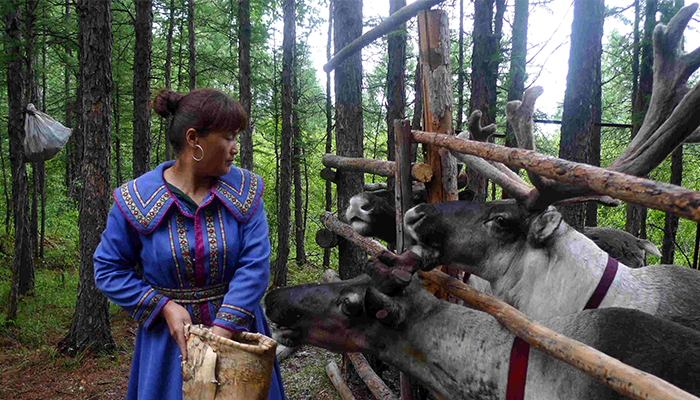

Ewenki reindeer custom
-
Crab congee
crab porridge is a snack in Macao. Macao is located at the junction of saltwater and fresh water, and the crab produced is delicious. Water crab porridge...
Views: 233 Time 2018-10-31 -
Wan fo Lake Scenic Area
Wanfo Lake is located in Shucheng County, central Anhui Province. It is a national AAAAA tourist area.
Views: 274 Time 2018-12-08 -
Subashi Buddhist Temple Site
Subashi Buddhist Temple Site , also known as Zhaohuili Temple, is located in the south foot of the Queletag Mountains in the northeast of Kuqa County, Xinjiang. It is a national key
Views: 193 Time 2019-02-13 -
Traditional fine arts
China's traditional art heritage is extremely rich and brilliant. Traditional art painting, calligraphy, music, dance, opera, gardens, architecture, sculpture, arts and crafts, traditional cuisine and
Views: 136 Time 2019-04-19 -
Sweat green
"Khan Qing Gele" is a heroic epic of the Mongolian people in Haixi. In the form of rap and speech, it tells the story of the Mongolian heroes destroying demons and saving the people, flashin
Views: 243 Time 2019-05-02 -
Mongolian Topshore Music
Topshore is a unique short-necked woody plucked string instrument of Mongolian nationality in Xinjiang. It is beautiful in shape, simple in manufacture, graceful in timbre and easy to carry. It is esp
Views: 341 Time 2019-06-04 -
Chak Chak
"Chuck Chuck" is a highly interactive dialogue between two or more people. According to the different content and language characteristics, it can be roughly divided into five types:
Views: 99 Time 2019-06-10 -
Shaoxing opera
Shao Opera, a traditional Chinese opera. Originally known as "Shaoxing Chaotian Bomb", commonly known as "Shaoxing Daban", it originated from Qin Opera and was named Shaoxing Opera
Views: 215 Time 2019-06-14 -
Wang Guo Festival
Wangguo Festival is a festival for Tibetan farmers to celebrate a bumper harvest. It is popular in Lhasa, Shigaze, Shannan and other places in Tibet Autonomous Region. The time is between July and Aug
Views: 164 Time 2019-06-26 -
Silver jewelry making skills
Yunnan has been known as the "metal kingdom" since ancient times. Silver and copper resources in Western Yunnan are very rich, with Dali as a typical representative. Heqing Silver Ware Makin
Views: 177 Time 2019-07-13 -
Song pool of the Zhuang nationality
Song pool of the Zhuang nationality is a form of Festival gathering and singing activities held by the masses of the Zhuang nationality at a specific time and place.
Views: 312 Time 2019-08-16 -
Zuo Gezhuang Club
Chongxin Village is located in Zuogezhuang, northeast of Wen'an County. Its economic prosperity and people's prosperity have become the material and cultural basis for the preservation and continuatio
Views: 394 Time 2019-08-16

